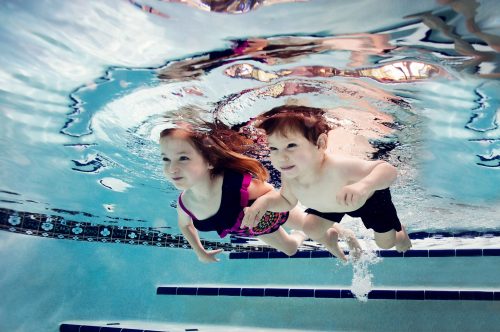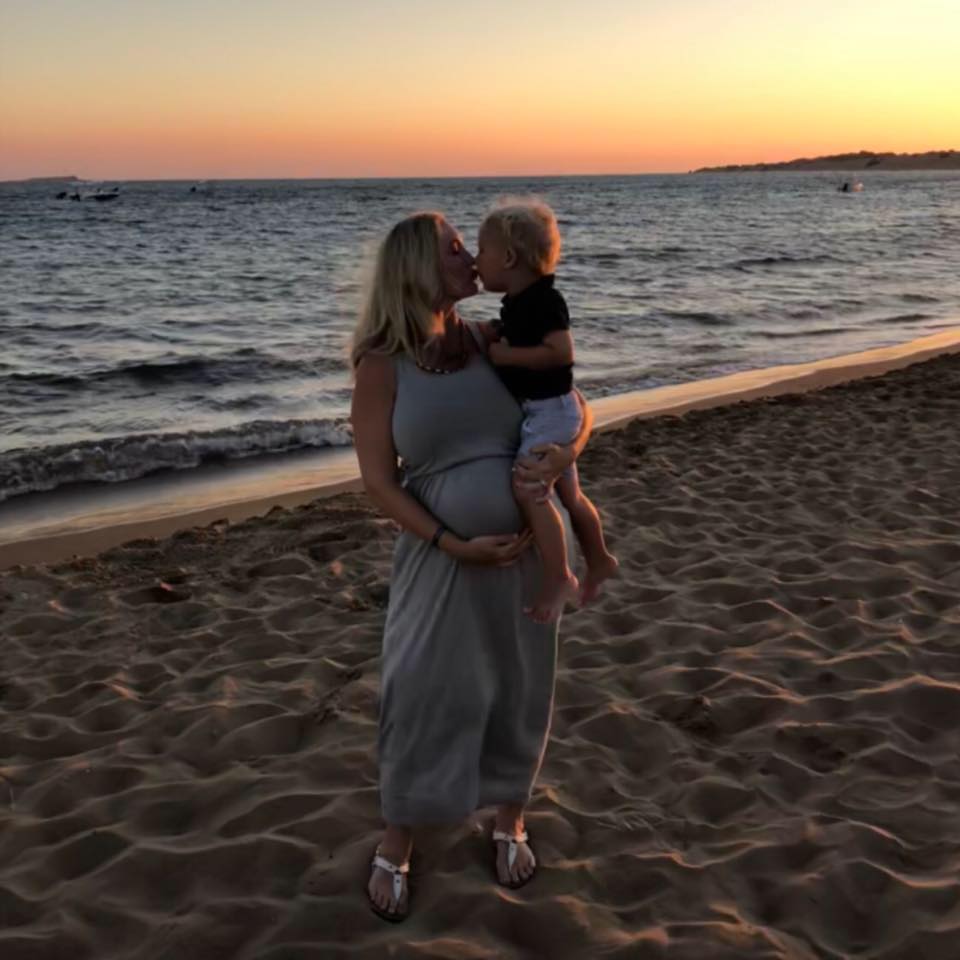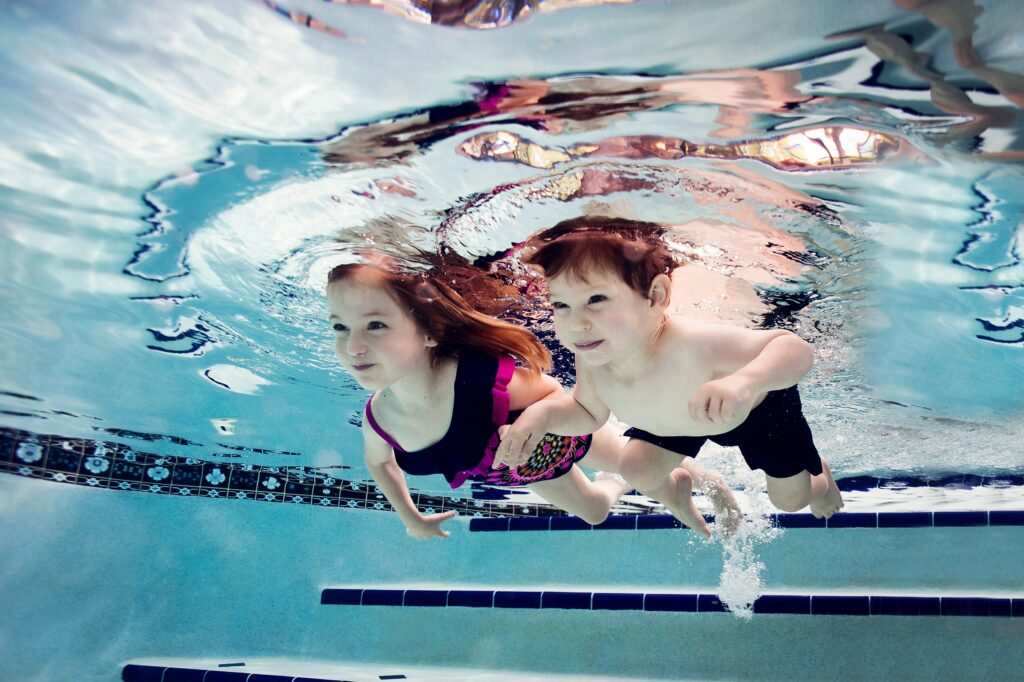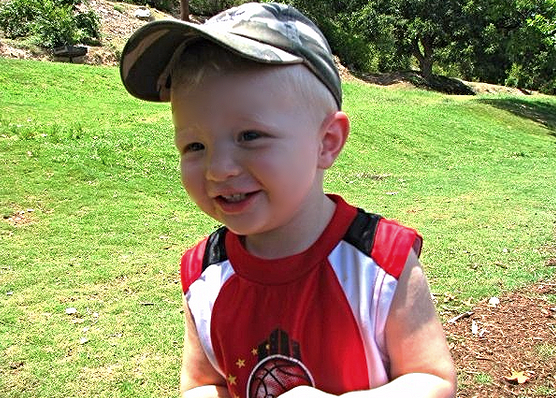Program / Schedule
 Lessons are private, one-on-one lessons that are Mondays through Thursdays, so it is a 4 day per week commitment. Lessons are 10 minutes each day, and they are the same time each day. There is no option to change days or times within each week. Lessons typically last 5-6 weeks (20-24 lessons), but this is purely an estimation because many factors influence the amount of lessons needed (i.e. the age of the child, any developmental/physical delays, or previous swimming experiences), to name a few.
Lessons are private, one-on-one lessons that are Mondays through Thursdays, so it is a 4 day per week commitment. Lessons are 10 minutes each day, and they are the same time each day. There is no option to change days or times within each week. Lessons typically last 5-6 weeks (20-24 lessons), but this is purely an estimation because many factors influence the amount of lessons needed (i.e. the age of the child, any developmental/physical delays, or previous swimming experiences), to name a few.
When scheduling, please have your calendar handy and keep in mind any vacations, extracurricular activities, meal times, or your child’s nap schedule. Scheduling your child to swim for 10 minutes straight during their nap time or lunch time is not ideal.




